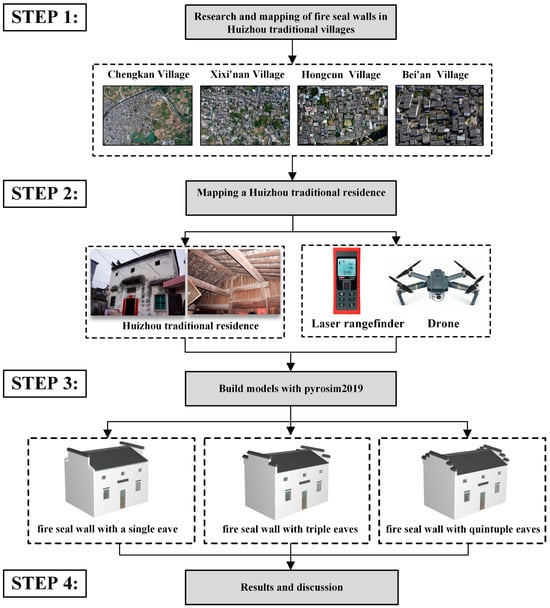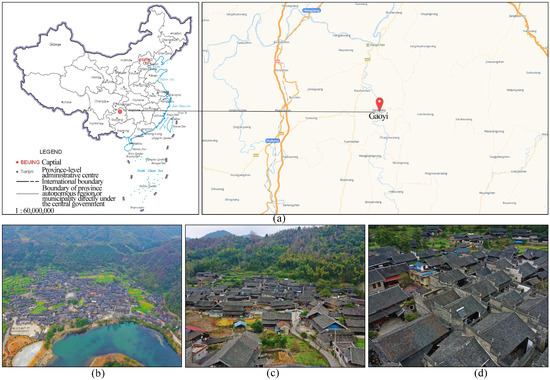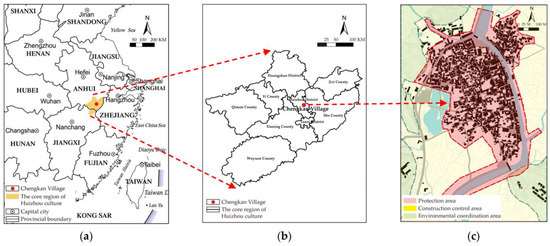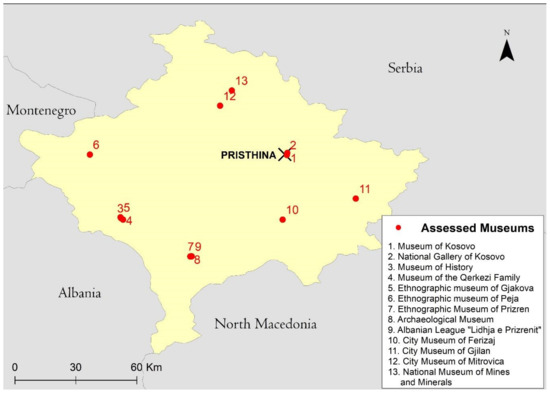Heritage and Fire
Share This Topical Collection
Editor
 Dr. Tiago Miguel Ferreira
Dr. Tiago Miguel Ferreira
 Dr. Tiago Miguel Ferreira
Dr. Tiago Miguel Ferreira
E-Mail
Website
Collection Editor
Department of Geography and Environmental Management, University of the West of England-UWE Bristol, Frenchay Campus, Bristol BS16 1QY, UK
Interests: multi-hazard risk analysis; risk and vulnerability reduction; seismic vulnerability; seismic rehabilitation and retrofit; urban resilience; disaster response and reconstruction; geographic information systems
Special Issues, Collections and Topics in MDPI journals
Topical Collection Information
Dear Colleagues,
The open access-journal Fire welcomes submissions for a Topical Collection on the topic of fire risk management for cultural heritage and their investigation in the areas of conservation and restoration, conservation science, risk management and mitigation, and other related disciplines.
The focus of this Topical Collection is on the multiple dimensions involving the issue of fire risk in both architectural and movable heritage assets, namely, regarding innovative solutions for fire protection, repair and restoration principles, risk perception, and emergency planning. Outcomes of this collection are expected to contribute to strengthen the development of prevention, preparedness, and response actions to reduce the impact of fire events on cultural heritage.
Hence, the topics of potential manuscripts may include (but are not limited to):
- Optimized solutions for the fire protection of architectural or movable heritage assets;
- Fire risk from the user’s perspective (human behavior) and related systems;
- Risk reduction policies and strategies, including education and training programs;
- Disaster recovery: learning from the past and multi-disciplinary challenges;
- Case studies: examples, challenges, and good practices.
Dr. Tiago Miguel Ferreira
Collection Editor
Manuscript Submission Information
Manuscripts should be submitted online at www.mdpi.com by registering and logging in to this website. Once you are registered, click here to go to the submission form. Manuscripts can be submitted until the deadline. All submissions that pass pre-check are peer-reviewed. Accepted papers will be published continuously in the journal (as soon as accepted) and will be listed together on the collection website. Research articles, review articles as well as short communications are invited. For planned papers, a title and short abstract (about 100 words) can be sent to the Editorial Office for announcement on this website.
Submitted manuscripts should not have been published previously, nor be under consideration for publication elsewhere (except conference proceedings papers). All manuscripts are thoroughly refereed through a single-blind peer-review process. A guide for authors and other relevant information for submission of manuscripts is available on the Instructions for Authors page. Fire is an international peer-reviewed open access monthly journal published by MDPI.
Please visit the Instructions for Authors page before submitting a manuscript.
The Article Processing Charge (APC) for publication in this open access journal is 2400 CHF (Swiss Francs).
Submitted papers should be well formatted and use good English. Authors may use MDPI's
English editing service prior to publication or during author revisions.
Published Papers (4 papers)
Open AccessArticle
FDS-Based Study of the Fire Performance of Huizhou Fire Seal Walls in Traditional Residential Buildings in Southern China
by
Yunfa Wu, Bin Hua, Sarula Chen and Jimo Yang
Viewed by 1703
Abstract
In the history of human civilization, traditional villages and buildings have been significantly threatened by fire. As an essential part of Huizhou traditional architecture, fire seal walls play a crucial role in preserving Huizhou architecture by effectively blocking the spread of fire. However,
[...] Read more.
In the history of human civilization, traditional villages and buildings have been significantly threatened by fire. As an essential part of Huizhou traditional architecture, fire seal walls play a crucial role in preserving Huizhou architecture by effectively blocking the spread of fire. However, with economic and social development, the Huizhou fire seal wall’s original fire prevention function has been unable to meet the needs of modern fire protection. This study aims to explore the fire performance of different types of Huizhou fire seal walls to provide a reference guide for future fire protection, optimization, and transformation of traditional buildings. In this paper, 3D models of traditional buildings with fire seal walls were built with FDS, and the performance of the different kinds of fire seal walls was simulated under the influence of wind speeds, building spacing, and the height of the vertical ridge of the fire seal wall. The results showed that, under the same conditions, a fire seal wall with a single eave is superior to fire seal walls with quintuple eaves in terms of performance, and fire seal walls with quintuple eaves are superior to fire seal walls with triple eaves in the middle and late stages of a fire. In addition, wind speeds, building spacing, and the height of the vertical ridge have different effects on the fire performance of seal walls. Lower wind speeds can reduce the fire performance of fire seal walls, and no wind and higher wind speeds have no significant effect on the fire performance of fire seal walls, while increasing the height of the vertical ridge and fire spacings appropriately can improve the fire performance of fire seal walls. This study provides a reference guide for future fire protection, optimization, and transformation of Huizhou fire seal walls, which can help improve the fire safety of traditional buildings.
Full article
►▼
Show Figures
Open AccessArticle
CFD-Based Validation Study on the Fire Prevention Wisdom of Ancient Village Houses in Western Hunan
by
Fupeng Zhang, Lei Shi, Simian Liu, Chi Zhang and Zhezheng Liu
Cited by 2 | Viewed by 1687
Abstract
Ancient villages are precious architectural treasures that have been protected from fire hazards for centuries through traditional fire prevention strategies. However, research on traditional fire response strategies is limited, with existing studies mainly focusing on climate response strategies, conservation, and renewal. No prior
[...] Read more.
Ancient villages are precious architectural treasures that have been protected from fire hazards for centuries through traditional fire prevention strategies. However, research on traditional fire response strategies is limited, with existing studies mainly focusing on climate response strategies, conservation, and renewal. No prior research has revealed the quantitative fire response strategies used for ancient buildings. This paper takes the first ancient village in western Hunan, High-Chair village, as an example, and it (1) assesses the fire risk of High-Chair village; (2) determines the traditional fire response strategies of the ancient village, including fire prevention culture, residential layout, wall forms, and fire resistant materials; and (3) uses CFD simulation to reveal and verify the science and rationale of the traditional patio layout and hill wall forms. The study suggests utilizing CFD simulation to quantitatively assess and validate fire response strategies. Such knowledge of fire prevention can provide fire mitigation solutions for rural construction.
Full article
►▼
Show Figures
Open AccessArticle
Fire Risk Assessment of Heritage Villages: A Case Study on Chengkan Village in China
by
Yunfa Wu, Sarula Chen, Dongzhe Wang and Qiang Zhang
Cited by 4 | Viewed by 3195
Abstract
Fire risk assessment is important in heritage-village risk management and cultural relics protection. This study aims to establish a fire risk assessment system and model to assess fire safety for heritage villages. Given the complexity and openness of the heritage village system, the
[...] Read more.
Fire risk assessment is important in heritage-village risk management and cultural relics protection. This study aims to establish a fire risk assessment system and model to assess fire safety for heritage villages. Given the complexity and openness of the heritage village system, the nonlinearity of the driving factors, and the dual attributes of residence and tourism, this paper constructs an index system of three aspects: cultural relic value sensitivity, village fire hazard, and evacuation accessibility. Based on ANP and the Bayes algorithm, a hybrid intelligent model is developed, and the index is weighted by combining subjective expert scoring and objective fact statistics. Finally, ArcGIS buffer and network analysis functions are used for grid processing to quantify and evaluate the difference in fire risk distribution in spatial units of heritage villages. We apply this assessment method to Chengkan Village, a national critical cultural relic protection unit. The results reveal that the cluster settlement layout pattern of the ancestral temple buildings plays a decisive role in the fire risk distribution in Chengkan Village; furthermore, the main factors leading to fire risk were analyzed. In Chengkan Village’s core area, the focus of the local government should be on strengthening active fire prevention measures to reduce the probability of fire. In contrast, in the northern and southern areas, it should focus on enhancing passive fire prevention measures to reduce the possibility of significant fires.
Full article
►▼
Show Figures
Open AccessArticle
Qualitative Fire Vulnerability Assessments for Museums and Their Collections: A Case Study from Kosovo
by
Charlotte Fafet and Erinë Mulolli Zajmi
Cited by 9 | Viewed by 3643
Abstract
Fires are among the most frequently recurring hazards affecting museums and cultural heritage sites. The fires of the National Museum of Brazil in 2018 and of Notre Dame de Paris in 2019 showed that the consequences of such events can be heavy and
[...] Read more.
Fires are among the most frequently recurring hazards affecting museums and cultural heritage sites. The fires of the National Museum of Brazil in 2018 and of Notre Dame de Paris in 2019 showed that the consequences of such events can be heavy and lead to irreversible heritage losses. In Kosovo, few studies were made about the risks that can affect cultural heritage sites. A project led by the NGO Kosovo Foundation for Cultural Heritage without Borders (CHwB Kosova) in 2018 explored the most prevalent risks for the cultural heritage sites of the country and highlighted fire as a predominant risk in Kosovo. In order to better understand it, vulnerability assessments were conducted in several museums in Kosovo. Data were collected through field visits in the different museums, in which interviews with staff members as well as observations were conducted. The aim of this paper is to present the main results of the fire vulnerability assessments conducted in Kosovo’s museums in 2018. An important aspect of this project is the approach to collect information in data-scarce environments. It is believed that the questionnaires used to lead interviews with museums’ staff members could help other practitioners to collect data in such contexts and evaluate more easily the risk of fire for the museums and their collections. In the context of Kosovo, one of the main findings is the identification and prioritisation of measures to ensure better protection of Kosovar museums. Structural mitigation measures such as alarm and fire suppression systems are not the only elements necessary to improve the resilience of Kosovar museums to fire. Indeed, the promotion of risk awareness, the training of staff members and the realisation of crisis simulation exercises are just as important in order to prevent and detect a fire, and above all, to respond quickly and accurately if a fire occurs.
Full article
►▼
Show Figures
Planned Papers
The below list represents only planned manuscripts. Some of these
manuscripts have not been received by the Editorial Office yet. Papers
submitted to MDPI journals are subject to peer-review.
Title: Fire risk assessment and vulnerability mitigation strategies in the Historic Centre of Aveiro
Authors: Dener Silveira; Hugo Rodrigues; Tiago Miguel Ferreira
Affiliation: 1 - RISCO, Department of Civil Engineering, University of Aveiro, Portugal 2 - Department of Geography and Environmental Management, University of the West of England, United Kingdom
Abstract: Identifying the fire risk in old urban centres is crucial for supporting informed decision-making and outlining efficient vulnerability mitigation strategies. Historic centres are particularly complex in this regard due to the high density of combustible materials in these areas, the favourable fire propagation conditions between buildings, and the complex urban morphology, which makes the evacuation of inhabitants difficult in case of a fire emergency. The recent safety regulations tend to be not fully applicable to Historic Urban Centres where the building's value is not compatible with the rules defined for new buildings. For that reason, an adaptation of current evaluation methods is required in order to assure these places' safety. Aiming to contribute to this topic, this paper presents and discusses the results of the fire risk assessment of a representative part of the Historic Centre of Aveiro through the application of a simplified fire risk assessment methodology. Data have been collected through fieldwork building inspections, and the results were mapped by resorting to a Geographic Information System tool. The study reveals that around 30% of the assessed buildings have a level of fire risk greater than the level of risk acceptable for buildings with this typology of use and value. Based on the work developed, different mitigation strategies are suggested and compared. Finally, the results obtained in this work are compared with results published for historic urban areas with similar characteristics.









